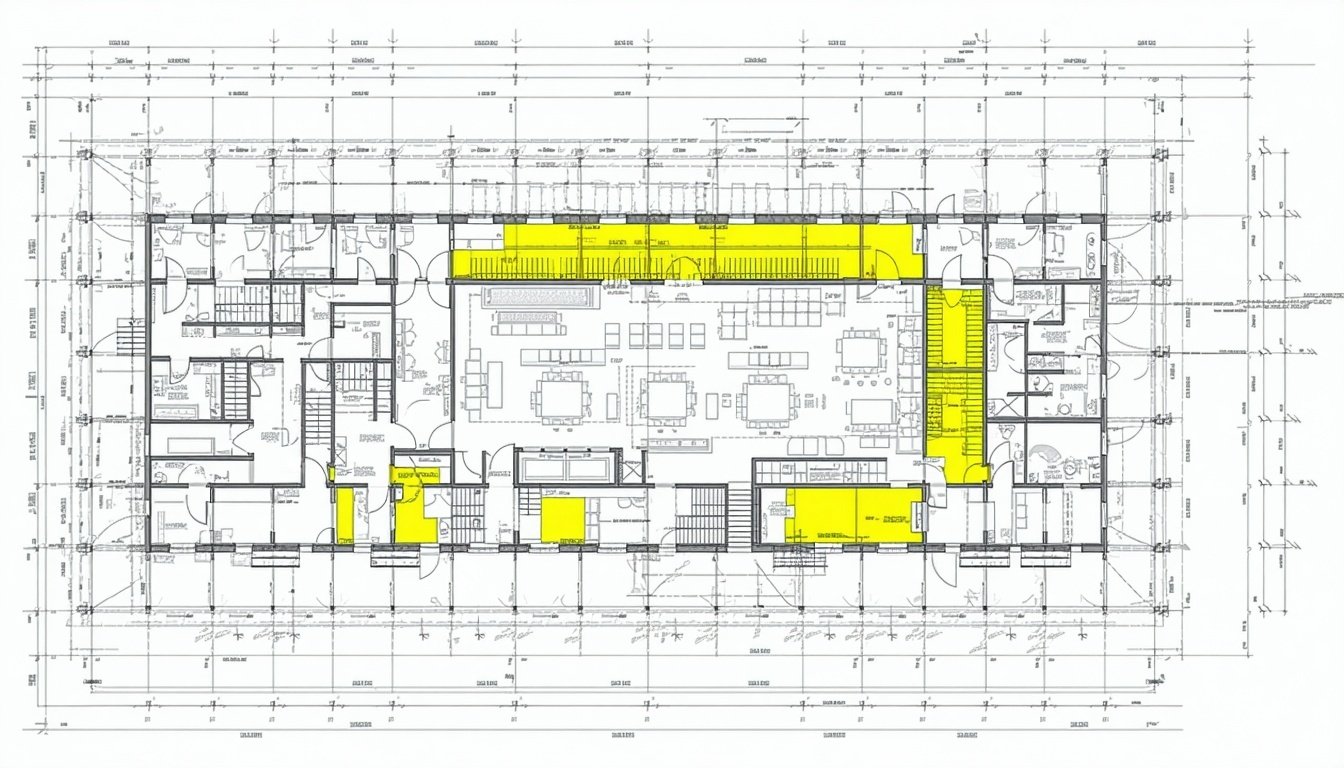Understanding the right energy assessment methodology is crucial for ensuring compliance and optimising building performance. Learn when a VURB Energy Report is the best choice over DTS or NatHERS.
What Is a VURB Energy Report?
The VURB (Verification Using a Reference Building) Energy Report is an advanced method for assessing energy efficiency in building designs. Unlike the Deemed-to-Satisfy (DTS) provisions and Nationwide House Energy Rating Scheme (NatHERS), the VURB approach involves creating a reference building model that adheres to compliance standards. The proposed building is then compared against this reference to verify its energy performance.
This method allows for greater flexibility and precision, particularly useful for projects that incorporate unique or innovative design elements. By enabling a more tailored assessment, VURB reports ensure that buildings meet the National Construction Code (NCC) 2022 requirements while accommodating modern architectural trends.
Common Scenarios Where DTS or NatHERS Falls Short
Deemed-to-Satisfy and NatHERS methodologies have their limitations, particularly when dealing with non-standard design elements. For instance, DTS provisions can be too rigid, failing to account for unique architectural features or innovative building materials. Similarly, NatHERS, which relies heavily on software calculations, may not accurately represent the energy performance of complex designs.
Real-world examples include homes with extensive glazing, intricate rooflines, or the use of sustainable yet unconventional materials. In these cases, the standard methods may not provide the flexibility or accuracy needed to meet compliance requirements, making a VURB Energy Report the ideal solution.
How VURB Solves Complex Compliance Challenges
The VURB method excels where DTS and NatHERS fall short by offering a more nuanced and adaptable approach to energy assessment. For example, in a project with large windows, the VURB report can account for advanced glazing technologies and their impact on energy efficiency, which standard methods might overlook.
Similarly, for buildings with complex rooflines, VURB can evaluate the thermal performance of various roof configurations more accurately. This approach ensures that all unique design aspects are thoroughly assessed, allowing for compliance with NCC 2022 without compromising on architectural innovation.
Benefits of Using VURB for Design Flexibility
One of the primary benefits of opting for a VURB Energy Report is the design flexibility it offers. Builders and designers are not constrained by the prescriptive nature of DTS or the software limitations of NatHERS. Instead, they can explore more creative and sustainable design options while still ensuring compliance.
Furthermore, VURB reports can lead to more accurate predictions of a building’s energy performance, potentially identifying areas for improvement that other methods might miss. This not only aids in achieving compliance but also enhances the overall sustainability and efficiency of the building.
Getting Expert Support from Certified Energy
Navigating the complexities of energy compliance can be challenging, but Certified Energy is here to help. Our team of experts specialises in producing detailed VURB Energy Reports tailored to the unique needs of each project. We understand the intricacies of the NCC 2022 requirements and can provide the guidance needed to ensure your building meets all necessary standards.
Whether you’re a builder, designer, or homeowner, contact Certified Energy for a professional recommendation or a quote. Let us help you achieve compliance while maximising your design’s potential.







